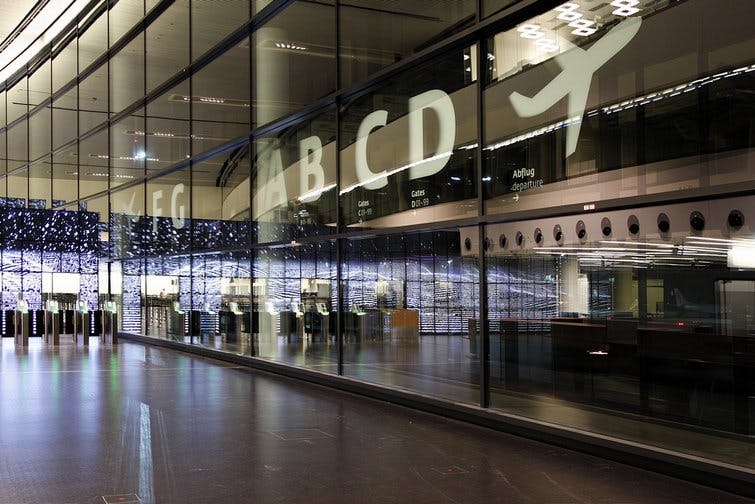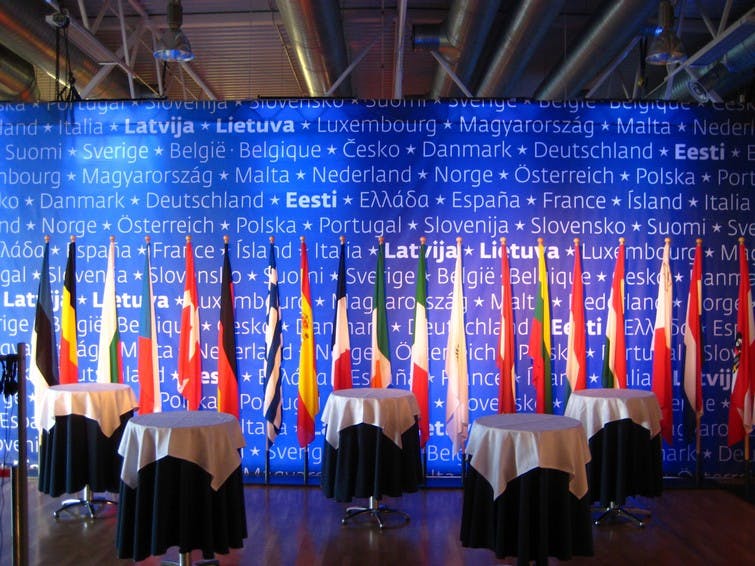Fedra Sans
Fedra Sans System Overview
Fedra Sans
- LightItalic
- BookItalic
- DemiItalic
- MediumItalic
- BoldItalic
Fedra Sans Display
- Hairline
- Hairline Compressed
- Hairline Condensed
- Thin Compressed
- Thin Condensed
- Thin
- Heavy Condensed
- Heavy
- Black Condensed
- Black
Fedra Sans Condensed
- LightItalic
- BookItalic
- DemiItalic
- MediumItalic
- BoldItalic
Fedra Sans Alt
- LightItalic
- BookItalic
- DemiItalic
- MediumItalic
- BoldItalic
Fedra Sans Condensed Alt
- LightItalic
- BookItalic
- DemiItalic
- MediumItalic
- BoldItalic
Fedra Sans Variable
Aa
LightBuy
Amsterdam
Light ItalicBuy
Bengaluru
BookBuy
Copenhagen
Book ItalicBuy
Damascus
DemiBuy
Edinburgh
Demi ItalicBuy
Fortaleza
MediumBuy
Guangzhou
Medium ItalicBuy
Hong Kong
BoldBuy
Istanbul
Bold ItalicBuy
Jerusalem
BoldBuy
In its most general sense, the term ‘world’ refers to the totality of entities, to the whole of reality or to everything that is. The nature of the world has been conceptualized differently in different fields. Some conceptions see the world as unique while others talk of a ‘plurality of worlds’. Some treat the world as one simple object while others analyze the world as a complex made up of many parts. In scientific cosmology the world or universe is commonly defined as ’the totality of all space and time; all that is, has been, and will be’. Theories of modality, on the other hand, talk of possible worlds as complete and consistent ways how things could have been. Phenomenology, starting from the horizon of co-given objects present in the periphery of every experience, defines the world as the biggest horizon or the ‘horizon of all horizons’. In philosophy of mind, the world is commonly contrasted with the mind as that which is represented by the mind. Theology conceptualizes the world in relation to God, for example, as God’s creation, as identical to God or as the two being interdependent. In religions, there is often a tendency to downgrade the material or sensory world in favor of a spiritual world to be sought through religious practice. A comprehensive representation of the world and our place in it, as is commonly found in religions, is known as a worldview. Cosmogony is the field that studies the origin or creation of the world while eschatology refers to the science or doctrine of the last things or of the end of the world.
BookBuy
In its most general sense, the term ‘world’ refers to the totality of entities, to the whole of reality or to everything that is. The nature of the world has been conceptualized differently in different fields. Some conceptions see the world as unique while others talk of a ‘plurality of worlds’. Some treat the world as one simple object while others analyze the world as a complex made up of many parts. In scientific cosmology the world or universe is commonly defined as ’the totality of all space and time; all that is, has been, and will be’. Theories of modality, on the other hand, talk of possible worlds as complete and consistent ways how things could have been. Phenomenology, starting from the horizon of co-given objects present in the periphery of every experience, defines the world as the biggest horizon or the ‘horizon of all horizons’. In philosophy of mind, the world is commonly contrasted with the mind as that which is represented by the mind. Theology conceptualizes the world in relation to God, for example, as God’s creation, as identical to God or as the two being interdependent. In religions, there is often a tendency to downgrade the material or sensory world in favor of a spiritual world to be sought through religious practice. A comprehensive representation of the world and our place in it, as is commonly found in religions, is known as a worldview. Cosmogony is the field that studies the origin or creation of the world while eschatology refers to the science or doctrine of the last things or of the end of the world.


